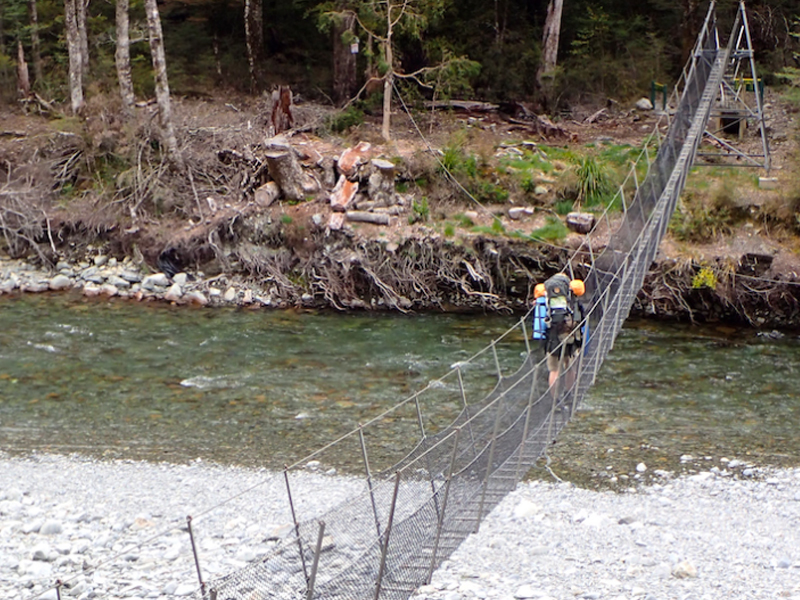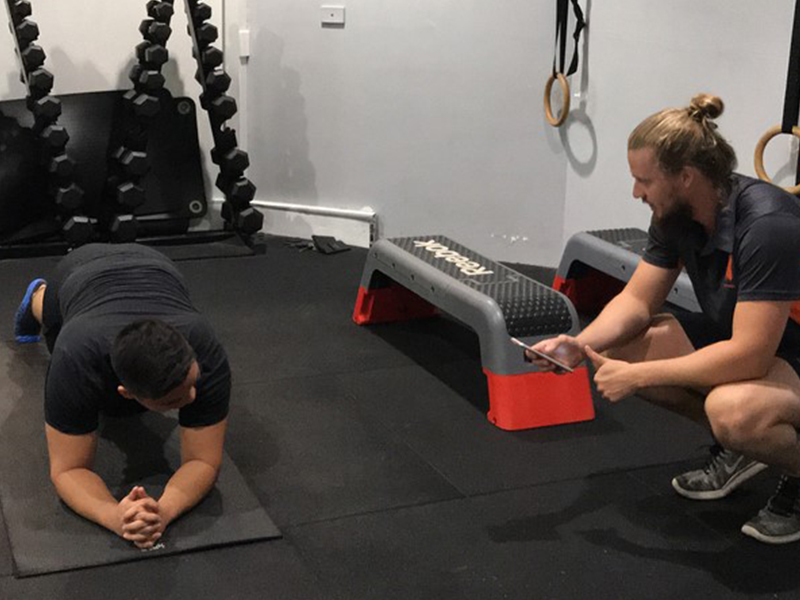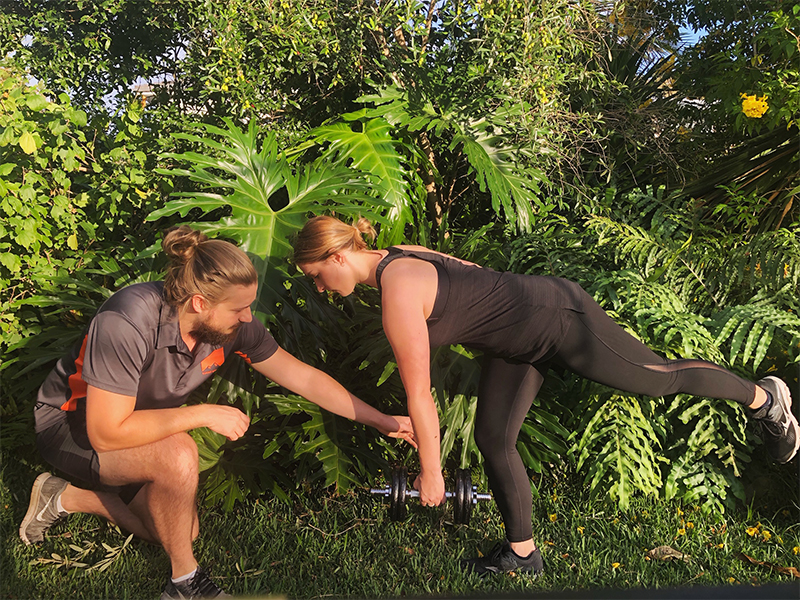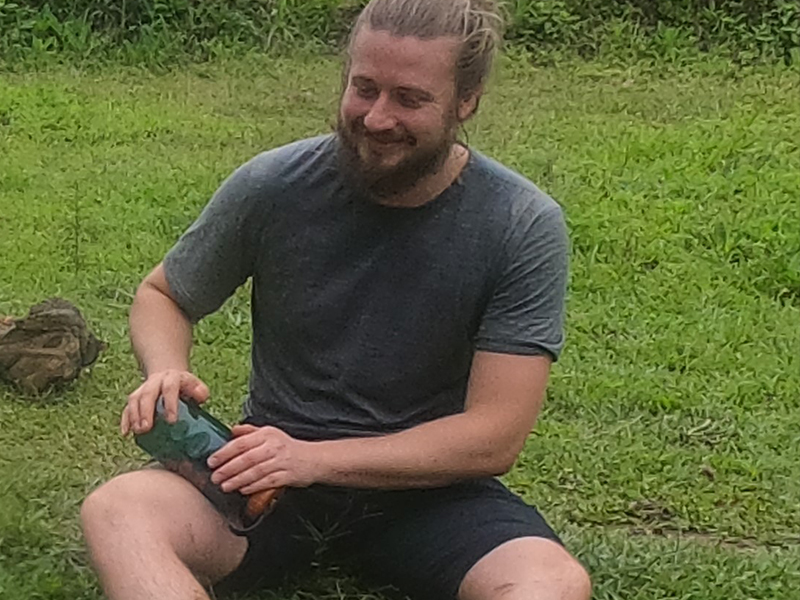Have you ever wondered how you can get fit, strong and injury-free for your hiking adventures? Read on to discover a proven method of training for hiking (which won’t require endless hours of walking every week).
Contents
Why Bother Training For Hiking?
The whole concept of training for hiking may sound a bit foreign to many. Hiking is often an escape, an enjoyable pastime and, on first thought, not a significant physical challenge. The idea of intentionally training for these adventures, for many, might seem like overkill.
However, this is not always the case. There are three overarching situations where you might consider training for hiking:
- You have a significantly challenging adventure planned, and you want to guarantee you can complete it
- You have recurring aches, pains, or injuries which hold back your hiking
- You want to be able to fully enjoy your current adventures (and dragging your feet through most of the day)
In any of these situations, you will likely benefit from some additional training.
When Hiking Isn’t The Best Way To Train For Hiking
If you have ever asked for advice around training for hiking, you have likely been told the phrase “the best way to train for hiking, is just go hiking”. And, this is undoubtedly true. There is nothing else which can replicate the uneven, undulating, and unpredictable nature of the trail, aside from putting your boots on and hitting the trail.
But this approach is only effective up to a point. In many situations, this is not enough, and can even be counterproductive!
Here are a few situations where trying to do all your training on the trail, is not a smart approach:
- You have a history of pain or injury (such as hikers knee, back pain, plantar fasciitis, shin splints, etc)
- You always get huffed and puffed when going up hills
- You don’t have any convenient, local trails nearby
- You are carrying a few extra kilos around the middle
- You are time-poor
In any of these situations, simply trying to do all your training on the trail is a mistake. Instead, to best get fit, strong, and pain-free for the trail, you might want to consider a more structured and targeted approach.
The Four Pillars Of A Successful Training For Hiking Program
If you are looking for a more targeted, structured and time-efficient approach to training for hiking, there are four big pillars you should consider in your week:
Hiking
As mentioned above, there is nothing which replicates the uneven, undulating and unpredictable nature of the trail like hiking.
But if you are training for the trail, a little bit of thought around your hiking, goes a long way.
The best piece of advice I can give you is to get out a calendar and schedule in which days over the next few months you can hit the trail.
From there, pencil in which hikes you want to do on each date, ensuring there is a gradual progression in distance/difficulty.
By ensuring you slowly increase the distance (and don’t jump all over the place), you will significantly reduce the likelihood of pain, injury, or exhaustion.
While this structure isn’t always possible (particularly if you like being spontaneous), try your best to stick to the spirit of it.
*For any weeks which you cannot hike, it is a great idea to fit in a long walk around your local area. Some weeks this might be 2 hours, some weeks this might be only 30 minutes. But to help maintain your train fitness, it is important to fill in these ‘gaps’ in your calendar as well as possible.
Strength Training
Strength training is one of the most underappreciated methods of training for hiking. It has some absolutely incredible benefits for hikers, such as:
- It is the single best thing you can do to prevent pain and injury while hiking
- It helps improve movement efficiency (making every step use less energy)
- It helps makes ascents feel easier
- It helps make heavy packs feel much better
Without a doubt, putting some focus into some structured, targeted strength training in your week can have some tremendous benefits to your time on the trail.
And while going into depth around the intricacies of effective strength training is well beyond the scope of this article, here are a few overarching principles a hiker should follow.
A hiker’s strength training should be:
- Time-efficient (a hiker shouldn’t need to spend more than 45 minutes at a time training strength)
- Targeted (don’t waste time on exercises which don’t have any relevance to your hiking, such as bicep curls, tricep extensions or crunches)
- Balanced (for every exercise working the front of the body, you should balance it with an exercise focusing on the back of the body)
- Progress in difficulty over time (if you are doing the same workout for months on end, you will not be getting stronger. The body regularly needs new challenge, to stimulate it to adapt and improve)
Hiking Specific Conditioning
Cardiovascular development is essential for any hiker. But spending hours and hours every week walking isn’t incredibly practical for most people out there. And that is where hiking specific conditioning comes in.
Hiking specific conditioning involves particular cardio workouts, which directly help you in specific situations on the trail.
These sessions should be convenient to do (i.e. do them in your local neighbourhood or gym), should be time-efficient (30-60 minutes) and should be slightly higher intensity than your usual walking and hiking.
A few of my favourite examples include:
- Loaded pack walking
- Hill intervals
- Stair intervals
- Sled pushing/pulling
- Long intervals (3+ minutes) on gym cardio machines
By including hiking specific conditioning in your week, you can directly improve your physical ability on the trail, with a much shorter time commitment than normal walking or hiking.
Recovery
The body doesn’t get fitter, stronger and more resilient when you train. It gets fitter, stronger and more resilient when you recover from training. This distinction is important.
Many hikers are quite happy to put in the work in their training but don’t take the time to look after their body. And end up running themselves into the ground.
Designating some time to recovery each week can:
- Reduce the chance of pain and injury
- Reduce muscle soreness
- Reduce stress and help sleep
- Enhance training adaptations
So safe to say, this stuff can be pretty important!
So what does it look like?
Well, recovery doesn’t have to be complicated. Simply choose some type of gentle, low impact exercises which you can complete for 10-30 minutes.
A few of my favourite examples include:
- Foam rolling
- Stretching
- Yoga
- Swimming
- Pool walking
Putting It All Together
So right now you might be feeling a little bit lost. How could you possible fit this all into a week?
Well, if this is you, don’t worry!
For those who need a little extra direction, I have put together a free 12-week Couch To Summit Training Program for you to download.
The program includes strength training, hiking, conditioning and recovery sessions. There is no gym required and, only minimal equipment is necessary. It will give you everything you need to get fit, strong and resilient for the trail.
You can download it here: The Couch To Summit Program.
About The Author
Rowan Smith is the founder of Summit Strength, an online personal training service which specialises in training for hiking and mountaineering. He helps you get fit, strong and pain-free for your adventures.









2 thoughts on “Training For Hiking For Beginners”
Great article! I get this question all the time as well. Thank you for including such great reference training program 👏👌🌲👣
Glad you liked it Dorien! Hope the training program helps too!